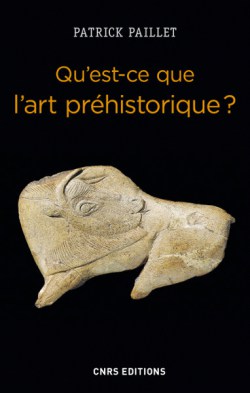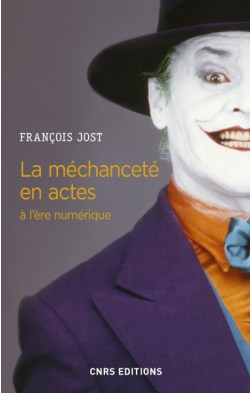
Marie Curie, la pionnière aux deux Nobel
Il y a tout juste 150 ans, le 7 novembre 1867, naissait Marie Curie. Alors que de nombreux événements sont prévus cette année pour célébrer cette scientifique de génie, dont une grande exposition au Panthéon, l’historien Denis Guthleben revient sur son parcours marqué, entre autres, par l’obtention de deux prix Nobel dans des disciplines différentes.

Dieux de l'Inde
L’Inde fourmille d’images et de signes religieux sur les murs de ses temples, dans ses musées et ses modestes sanctuaires domestiques. Guidant le lecteur dans le dédale du panthéon hindou, ce livre richement illustré lui fera découvrir le sens des figures divines.

Qu’est-ce que l’art préhistorique ?
L’irruption soudaine des images au début du Paléolithique supérieur, il y a environ 40 000 ans, révèle les extraordinaires capacités cognitives des premiers hommes modernes et pose la question de leur origine, de leur enracinement culturel. D’où viennent ces comportements symboliques ?

La méchanceté en actes à l’ère numérique
Radio, télévision, presse, Internet, la méchanceté semble étendre chaque jour un peu plus son territoire. Pour vérifier cette impression, François Jost ausculte l’histoire des médias et pose les jalons de ce phénomène.